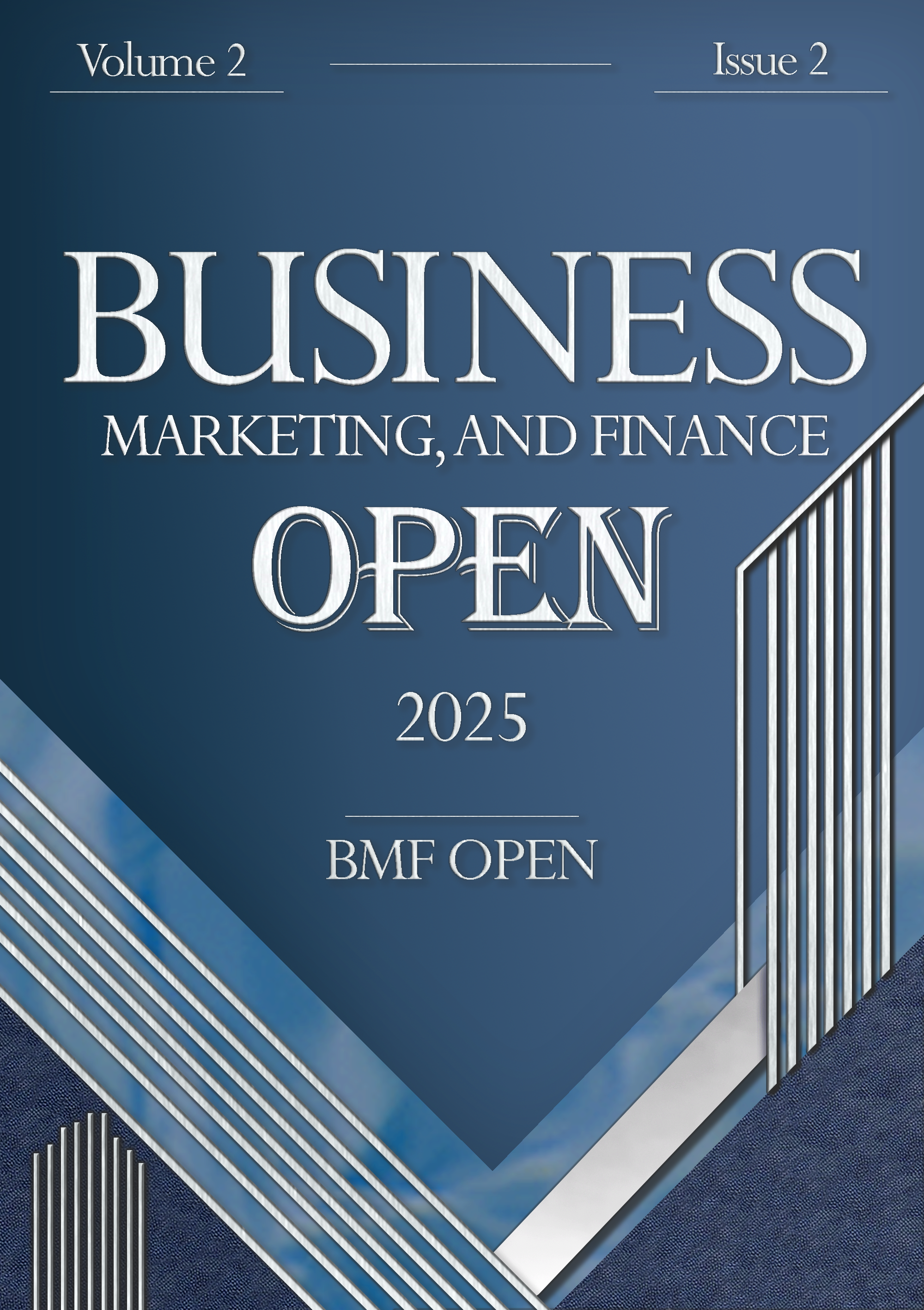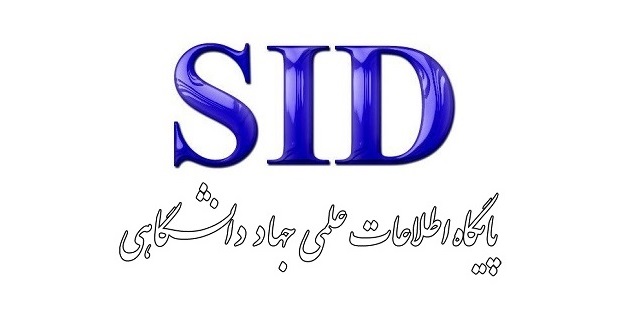Identification, Analysis, and Prioritization of Effective Components of Agricultural Commodity Exchange with a Financial Foresight Approach
Keywords:
Effective components, commodity exchange, scenario planning , financial foresightAbstract
The present study was conducted to identify and analyze the effective components of the agricultural commodity exchange with a scenario planning approach and to identify and analyze the scenarios of the agricultural commodity exchange. In this study, the cross-impact analysis method was used. In fact, 30 effective indicators in realizing the creative city were compared in pairs, and the impact of these factors on each other was evaluated using expert questionnaires in MICMAC software. The results of the studies showed that 10 factors (culture and society, government policies, market and demand, technology and innovation, human resources, infrastructure, risk and crisis management, international interactions, sustainability and environment, and supply chain) can be considered as key factors in the agricultural commodity exchange. To develop scenarios for the agricultural commodity exchange, a scenario portfolio was prepared for the 10 key factors; in such a way that for each factor, three optimistic, intermediate, and pessimistic assumptions were considered. In total, 21 possible situations were designed, and based on the combination of 21 possible situations, 2187 combined scenarios were extracted, which include all possible situations and future developments of the agricultural commodity exchange. Based on the results of the Scenario Wizard software, an inconsistent assumption was found in the "culture and society" component. For each of the components of "government policies," "market and demand," "technology and innovation," "human resources," "infrastructure," "risk and crisis management," "international interactions," "sustainability and environment," and "supply chain," the selected assumption is supported by other scenario assumptions, and none of the other assumptions contradict it. The selected assumption was evaluated as consistent. Overall, this analysis shows that the presented scenario, despite the inconsistency in the "culture and society" component, has relatively good consistency in other components.
References
A. Eidi and F. Kazemiyeh, "The commodity exchange as a necessity for the development of the agricultural sector," in In Fifth National Conference on Sustainable Development in Agricultural Sciences, Natural Resources, and Environment of Iran, 2023: Tehran.
S. Fikre, "The Role and Challenge of Ethiopian Commodity Exchange (ECX) on Coffee Supplies and Marketing in Ethiopia," Business and Management Studies, vol. 6, no. 3, pp. 1-12, 2020. [Online]. Available: https://doi.org/10.11114/bms.v6i3.4976.
E. Mojavarian, F. Eshghi, and M. Ahangari, "The impact of the COVID-19 pandemic on the stock value of food companies in the Tehran Stock Exchange," Agricultural Economics and Development, vol. 36, no. 4, pp. 353-361, 2021.
M. Abdous, H. Shafie Zadeh, and N. Soleimani, "Designing a capability model for futures studies for managers of the Social Security Organization," Iranian Journal of Futures Studies, vol. 5, no. 2, pp. 119-145, 2020.
A. Heydari-Piralvan and S. Saebnia, "A review of futures studies and future management," in In Sixth National Conference on New Findings in Management and Industrial Engineering with Emphasis on Entrepreneurship in Industries, 2018.
M. M. Ajalali, "Methodology of trend analysis in futures studies," in In First National Conference on Futures Studies, Educational Sciences and Psychology, 2021: Shiraz.
P. Chintapalli and C. Tang, "The impact of crop minimum support prices on crop production and farmer welfare," 2021. [Online]. Available: https://doi.org/10.1007/978-3-030-51957-5_2.
G. Simplice, G. Mélissa, M. Glwadys, and F. Willi, "Stocks Market and Economic growth: a reexamination of the relationship on a panel of African countries," SSRG International Journal of Economics and Management Studies (SSRG-IJEMS), vol. 7, no. 9, pp. 1-14, 2020. [Online]. Available: https://doi.org/10.14445/23939125/IJEMS-V7I9P101.
A. A. Chandio and Y. Jiang, "Using the ARDL-ECM approach to investigate the nexus between support price and wheat production," Journal of Asian Business and Economic Studies, vol. 26, no. 1, pp. 139-152, 2019. [Online]. Available: https://doi.org/10.1108/JABES-10-2018-0084.
H. Amiri, M. Mobini Dehkardi, A. Kamalian, and M. Karnameh Haghighi, "Evaluating the effects of regulating the Commodity Exchange of Iran on price fluctuations of goods," Researches on Growth and Sustainable Development, vol. 21, no. 1, pp. 2-183, 2021.
W. X. Li, C. C. S. Chen, and J. Nguyen, "Which market dominates the price discovery in currency futures? The case of the Chicago Mercantile Exchange and the Intercontinental Exchange," Global Finance Journal, vol. 52, p. 100593, 2022. [Online]. Available: https://doi.org/10.1016/j.gfj.2020.100593.
Y. Dashtbani and M. Mohammadi, "The role of the Commodity Exchange of Iran in removing production barriers to achieve the goals of a resilient economy," Quarterly Journal of Defense Economy and Sustainable Development, vol. 7, no. 26, pp. 29-53, 2022.
A. Nasrasfahani, R. Ostad, and J. Haqgoo, "Examining new advancements in futures studies methods," Scientific Journal of Islamic Revolution Futures Studies, vol. 1, no. 3, pp. 111-153, 2021.
K. Moradi Shahdadi and M. Ahmadi Far, "The impact of government monetary policies on the Tehran Stock Exchange index," Accounting and Management Outlook, vol. 4, no. 53, pp. 73-84, 2021.
J. S. Roche, "Success criteria for commodity exchanges," African Journal of Agricultural and Resource Economics, vol. 15, no. 2, pp. 127-139, 2020. [Online]. Available: https://doi.org/10.53936/afjare.2020.15(2).09.
M. R. Najafi, "Investigating the position of the stock exchange and stock transactions in Islamic studies with a focus on the policies of Article 44 of the Constitution," New Approaches in Islamic Studies, vol. 1, 2019.







